Summary
This area is also surrounded by stunning, natural landscapes with plenty of recreational activities to enjoy such as hiking and camping.
To catch these fish species, it is recommended to use small flies such as nymphs and midges with light tackle. It is also important to be mindful of the water temperature as the fish tend to be more active in cooler water.
The best time to visit the Rio Grande Fishing area is during the spring and fall months when the temperatures are mild. The average temperature during these times is around 60-70°F.
Aside from fishing, visitors can also explore nearby attractions such as the Rio Grande Gorge Bridge and the Taos Pueblo, which is a UNESCO World Heritage site. Overall, the Rio Grande Fishing area offers a memorable fishing experience with plenty of opportunities to explore the natural beauty of New Mexico.
Weather Forecast
Nearby Streamflow Levels
 Red River Below Fish Hatchery
Red River Below Fish Hatchery
|
45cfs |
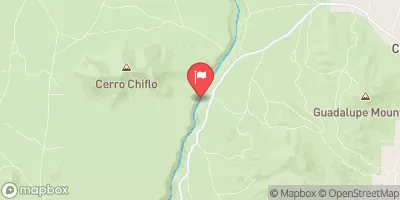 Rio Grande Near Cerro
Rio Grande Near Cerro
|
320cfs |
 Red River Near Questa
Red River Near Questa
|
19cfs |
 Rio Hondo Near Valdez
Rio Hondo Near Valdez
|
7cfs |
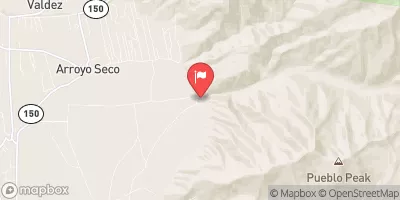 Rio Lucero Near Arroyo Seco
Rio Lucero Near Arroyo Seco
|
6cfs |
 Rio Pueblo De Taos Near Taos
Rio Pueblo De Taos Near Taos
|
7cfs |
Angling Safety Guidelines
Check local fishing rules, seasons, size limits, and license requirements to ensure legal and sustainable angling.
Handle Fish Responsibly
Use wet hands, minimize air exposure, and release fish gently to improve survival rates when practicing catch-and-release.
Choose the Right Gear
Match your rod, line, and tackle to the species and conditions to increase success and reduce unnecessary harm to fish.
Respect the Waterway
Avoid disturbing habitat, prevent bank erosion, and keep a safe distance from spawning areas to protect ecosystems.
Keep It Clean
Pack out all line, hooks, bait containers, and trash—discarded gear can injure wildlife and degrade waterways.
Related Links
Area Campgrounds
| Location | Reservations | Toilets |
|---|---|---|
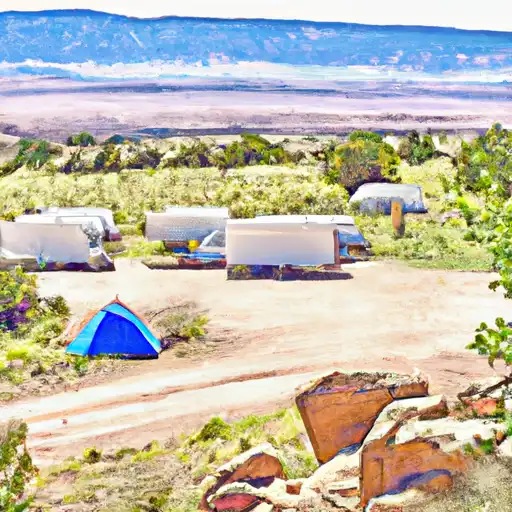 Cebolla Mesa
Cebolla Mesa
|
||
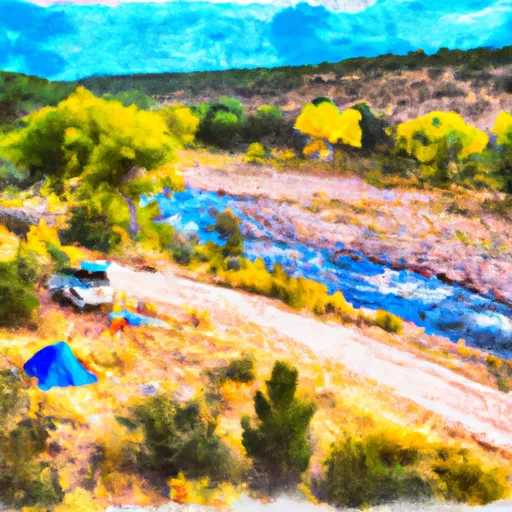 La Junta - Wild Rivers Rec Area
La Junta - Wild Rivers Rec Area
|
||
 La Junta Campground
La Junta Campground
|
||
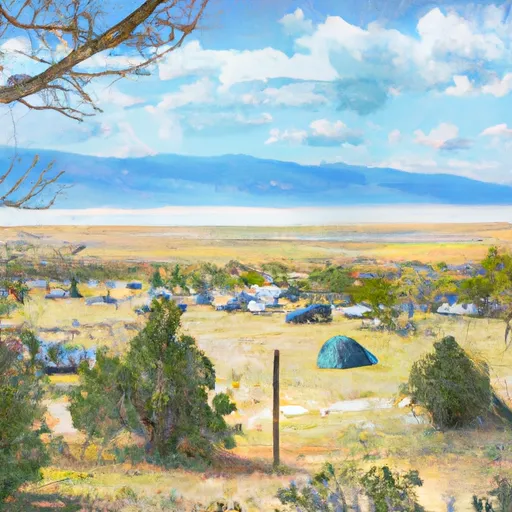 La Junta
La Junta
|
||
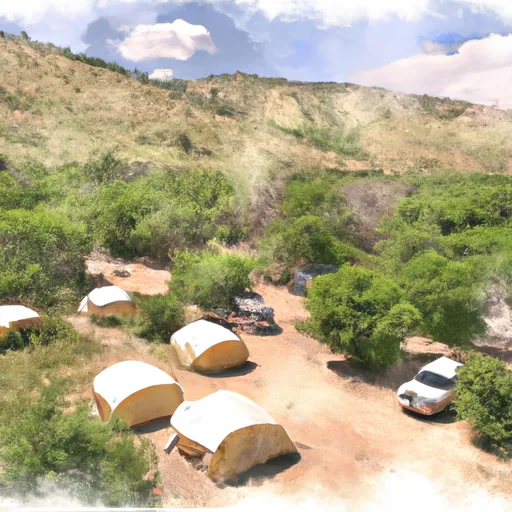 Camp Stie
Camp Stie
|
||
 Montoso Campground
Montoso Campground
|

 Questa Tailings Dam 4
Questa Tailings Dam 4